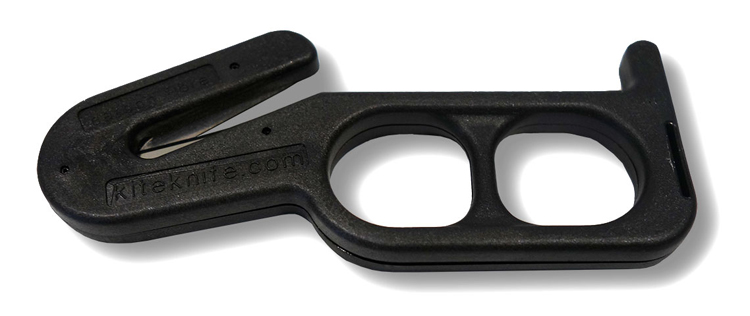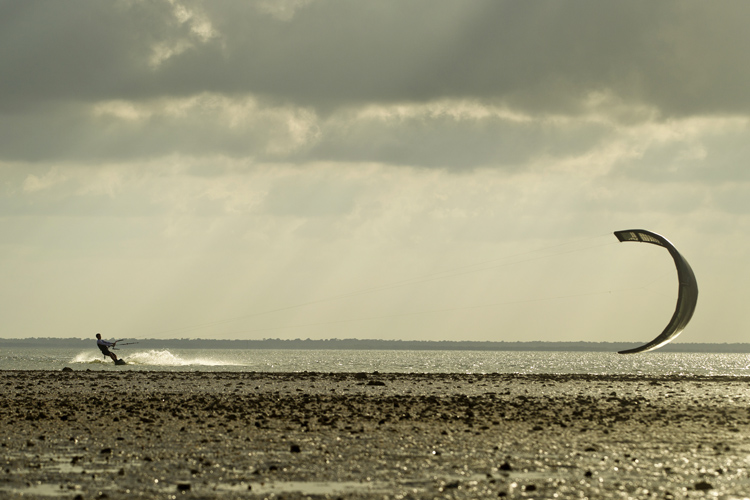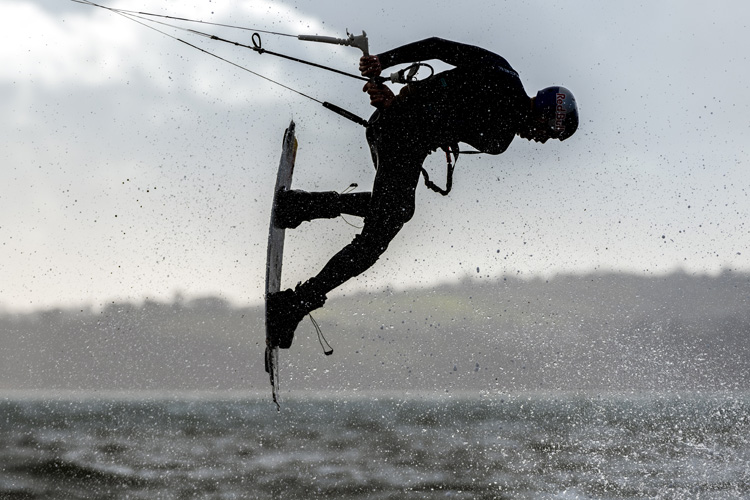A kite knife could be the perfect emergency tool for dealing with a complicated tangle or an unexpected death loop.
When it comes to kiteboarding, safety is a top priority.
And if you're enjoying a 30-knot plus wind riding session, you've got to be ready to act quickly in case anything goes wrong.
In other words, you may be forced to cut a few kite lines with the hook knife if your quick-release system isn't working properly.
Some kiteboarders never go out kiting without a knife; others think they're useless and not a good idea.
But it's always better to have an option that could save your life than just rely on its uselessness.
Ideally, you won't have to use it.
But if, for some reason, you start being dragged down the beach, become entangled in your lines underwater, or find yourself in an uncontrollable overpowered scenario, a kite hook knife might save your life.

Sharpness and Installation
There are, however, a few safety cautions, warnings, and instructions that you need to follow in order to use it correctly.
An efficient hook knife is basically a one-piece, rigid metal tool equipped with a sharp blade with a relatively large opening and a rubber grip.
The sharpness of the blades is critical, indeed.
The ideal pick is double-bladed, stainless steel, razor-sharp hook knives. Some cheap models will not cut loose wet kite lines, so try double-bladed kite knives - they will cut lines like butter.
But there's nothing like buying two or three models - they're not expensive - and testing them out with old kite lines.
And where do you store your kite knife?
You may attach it to the back of the harness or inside that little pocket right underneath the spreader bar.
Alternatively, you can insert it in the pocket on the chest of your impact vest. Whatever your preference is, most kite knife models come with simple mounting options.

Regular Maintenance
A kite knife requires regular maintenance to keep it rust-free and razor-sharp.
After each session, make sure to rinse it with fresh water and dry it thoroughly with a clean towel.
Because you want that knife to do its work next time you get to the water.
Imagine yourself riding overpowered in big surf and stormy conditions, all by yourself.
All of a sudden, your lines get wrapped up around your waist and harness hook after wiping out in the waves. You grab the knife and... it's rusty and crusty.
In an emergency, sharpness and effectiveness are critical. You will need to cut tensioned and depower lines in a fraction of a second.
Dakine, Slingshot, Ride Engine, Mystic, and ION are some of the kiteboarding manufacturers selling kite knives.
